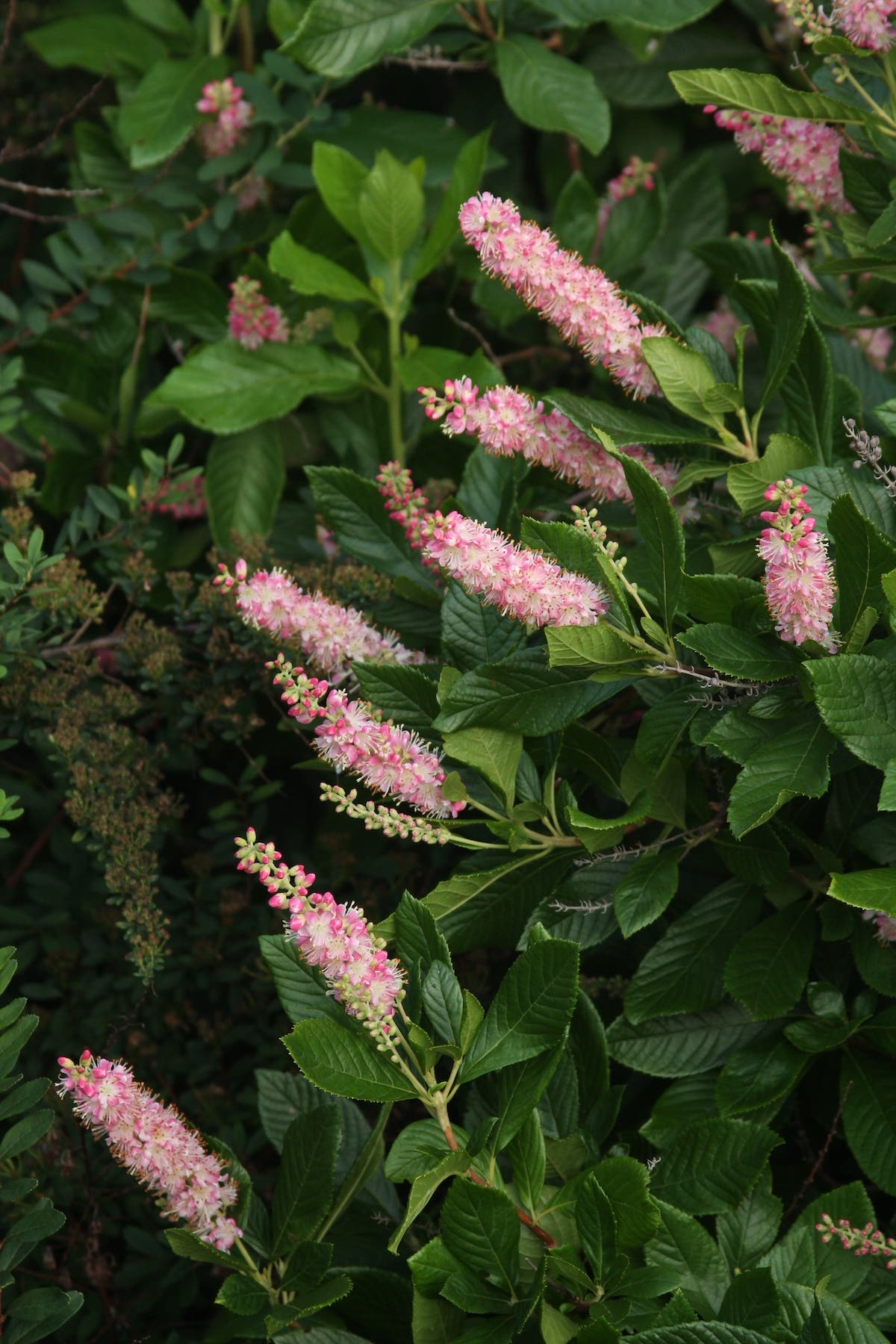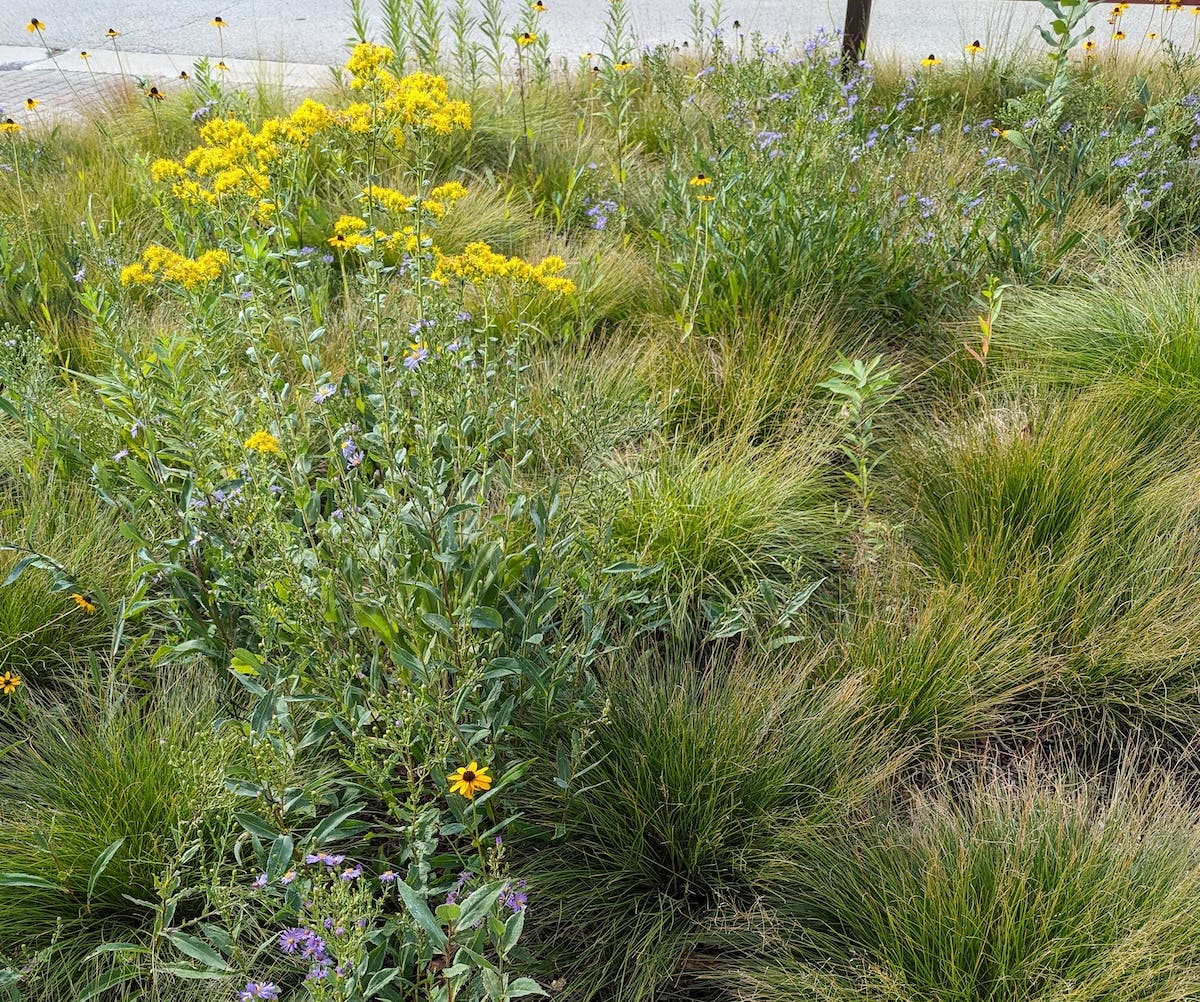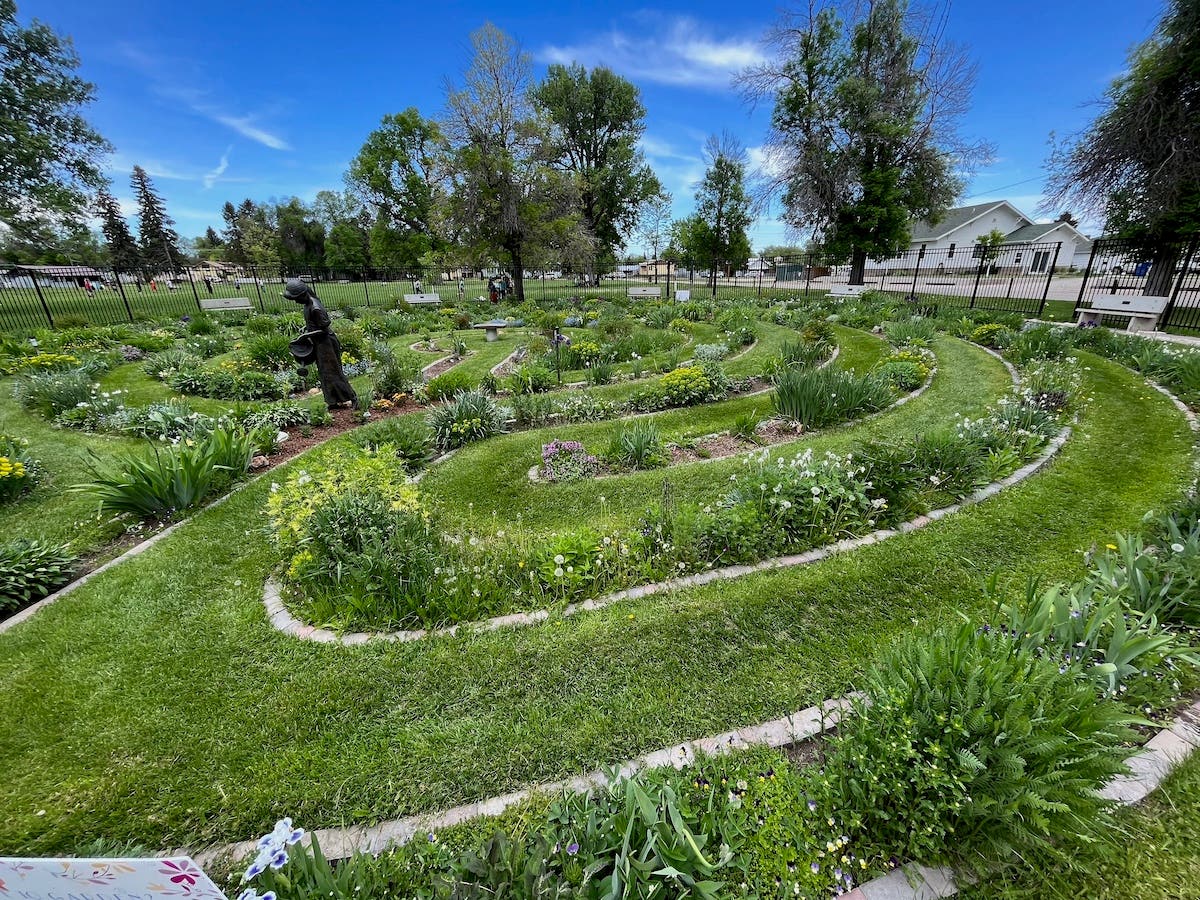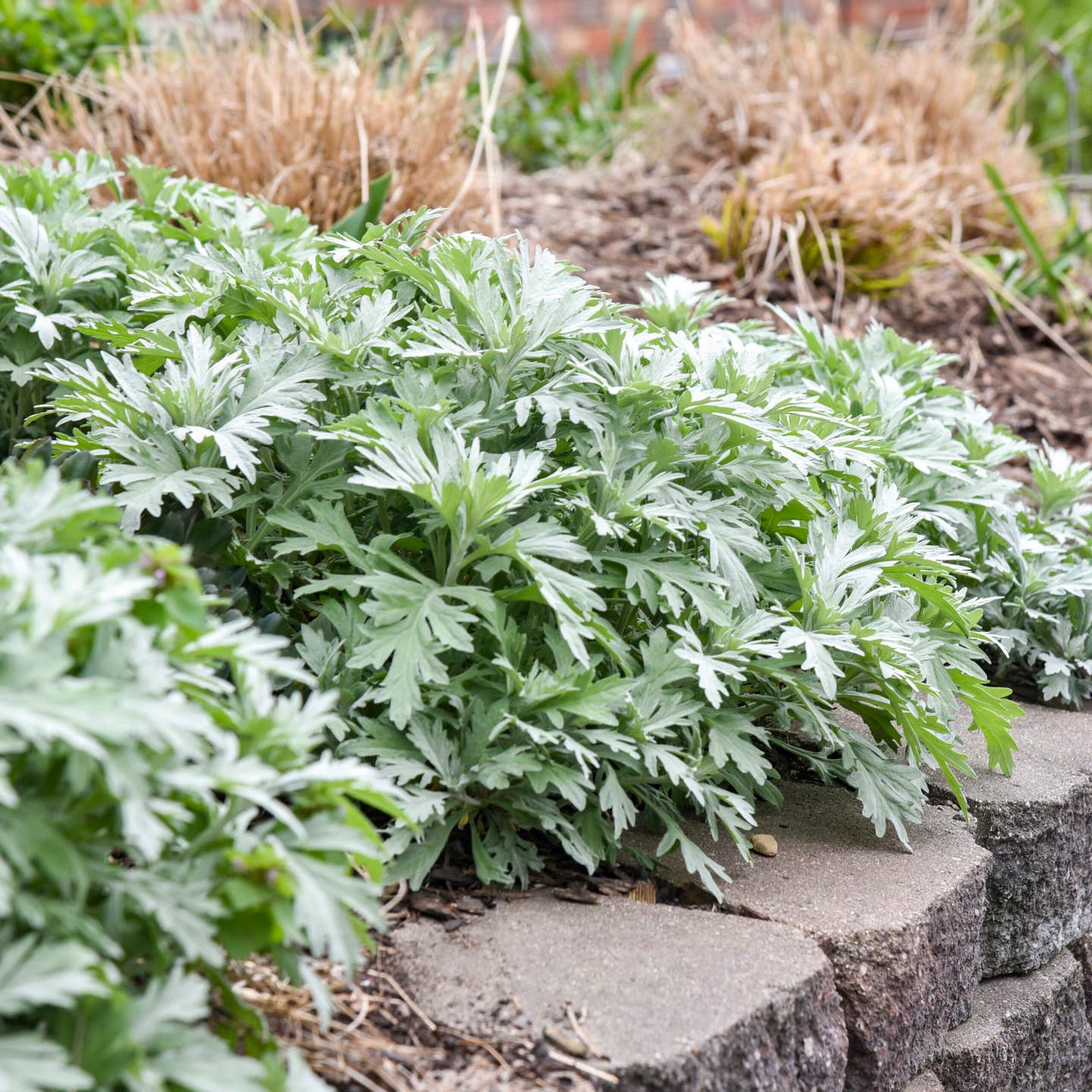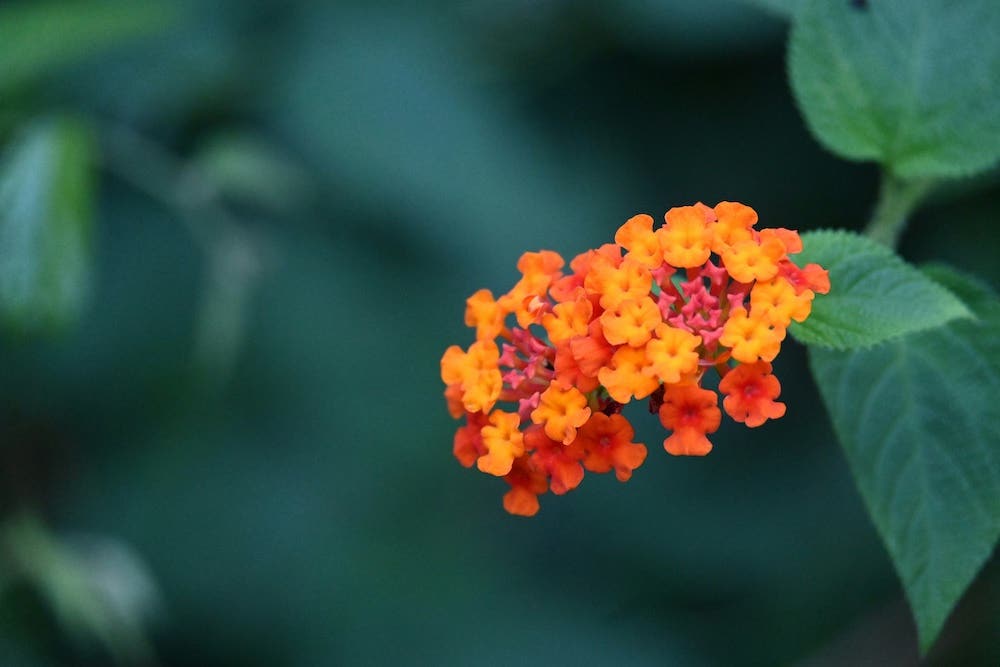3 Ways to Control Erosion on a Slope
When it comes to erosion, the potential devastating outcome is a scary thought—especially on a slope or hillside. Not only can erosion cause ugly spots in our yards, but it…
When it comes to erosion, the potential devastating outcome is a scary thought—especially on a slope or hillside. Not only can erosion cause ugly spots in our yards, but it also strips our soil of important nutrients and structure. Instead of letting erosion hinder the potential beauty of our landscapes, why not learn creative ways to control it? Here are a few of the most common and successful ways of controlling slope erosion:
Placing erosion control mats: There are “erosion control mats/blankets” that usually consist of biodegradable fibers—normally coconut, wood, or straw—that are knit together and placed over the slope. These typically last around six months to a year. There are more permanent options, but they are non-degradable. This can cause problems for not only your landscape but for you as well, in the sense that you will eventually have to remove the control mats. If this method seems like the best fit for your needs, try the biodegradable options. Before they begin to biodegrade, plant some seeds around the netting. The netting well help keep the seeds in place. As the seeds sprout and the plants grow, the netting will start to biodegrade, and the plants will take over as a control for the erosion. This brings me to the next option: using plants.
Growing plants: A great, and beautiful, way to help avoid erosion on the slopes of our yards is by using different plants! Try mixing gorgeous groundcovers, strong trees, and beautiful shrubs together on the slopes to establish deep root systems and act as a barrier for the water. Cover any exposed space between the plants with mulch—use mulch made of bark or wood chips for best results—or place boulders. When it rains, instead of sliding down the slopes, the water will hit the plants, mulch and the boulders first, decreasing the negative effects runoff can cause. Try not only mixing the types of plants, but also mixing deep and shallow rooted plants together for stability within the soil. Remember that your plant options will vary depending on your climate, the sloped area’s exposure to the sun and how deep the soil is, so it is important to research the best options that work for you!
Retaining walls/dry creeks: Plants are not the only options we have to help turn eroded slopes into a landscaping opportunity. Try using hardscape options for a more aggressive approach, such as retaining walls or dry streams. This is your chance to let your creative side shine! Retaining walls are usually made out of stone or brick. You can also use other hardscape options like well-secured logs. With whatever material you use, you can add a touch of flare to your landscape—while serving an important purpose of re-directing water, of course. To avoid having to obtain a permit (when your retaining wall is quite large, this may be required) try using a series of smaller terrace walls.
Erosion doesn’t have to hamper the potential of your yard. With the right tools and a little bit of imagination, you can create the landscape of your dreams!
Image: Andy Beecroft
___________________________________________
Cover open areas or neglected slopes with wildflowers using the Scatter Garden Seed Canister.
Transform your yard into a stunningly designed landscape with help from Landscape Ideas You Can Use.
Become inspired by reading compelling stories of passionate gardeners in The Roots of My Obsession.
Spice up your landscape with tips from Garden How-To University: Creating a Garden – More Than Just Plants.
Learn how to have a level lawn by downloading Smart Gardening Guide Step by Step: Leveling a Lawn.


